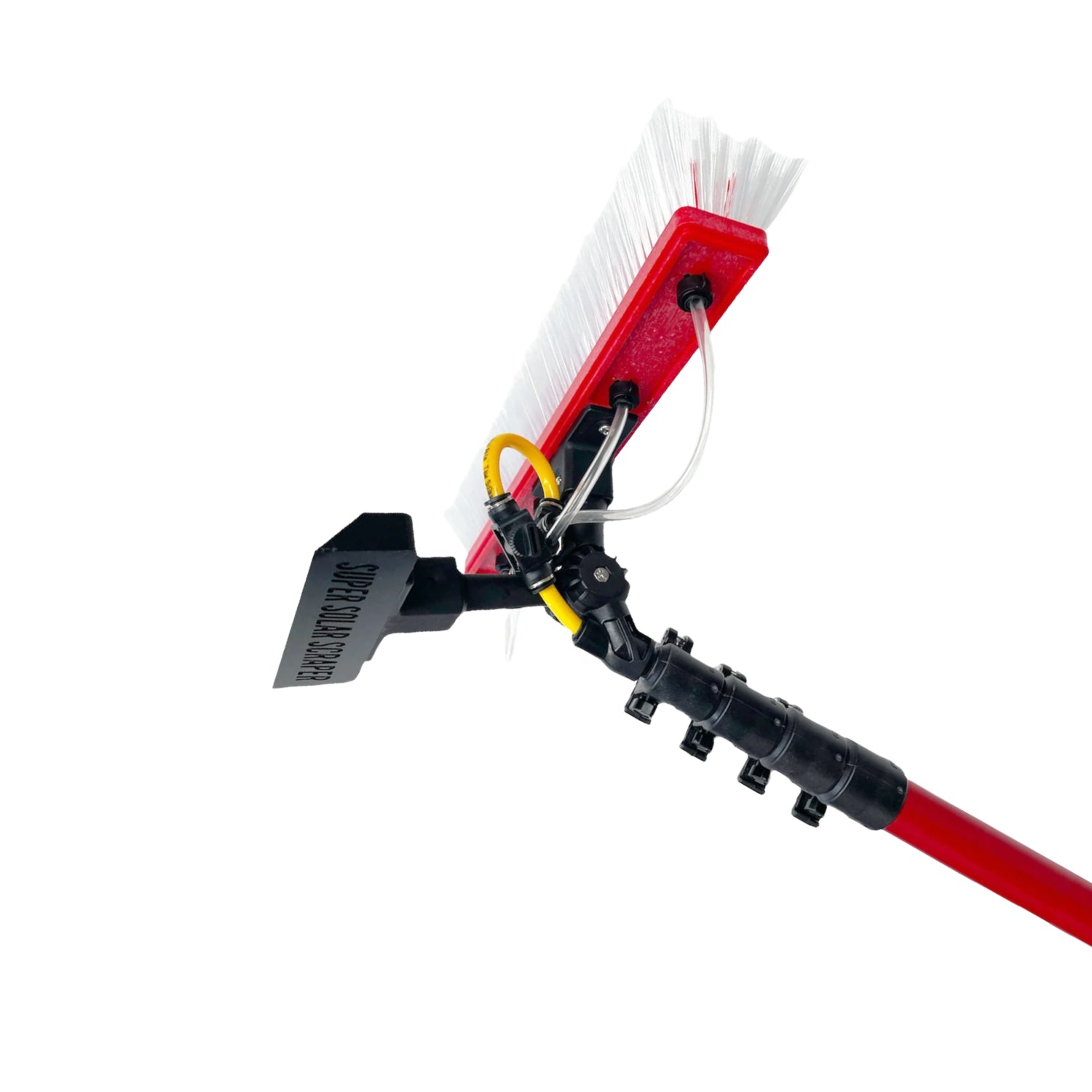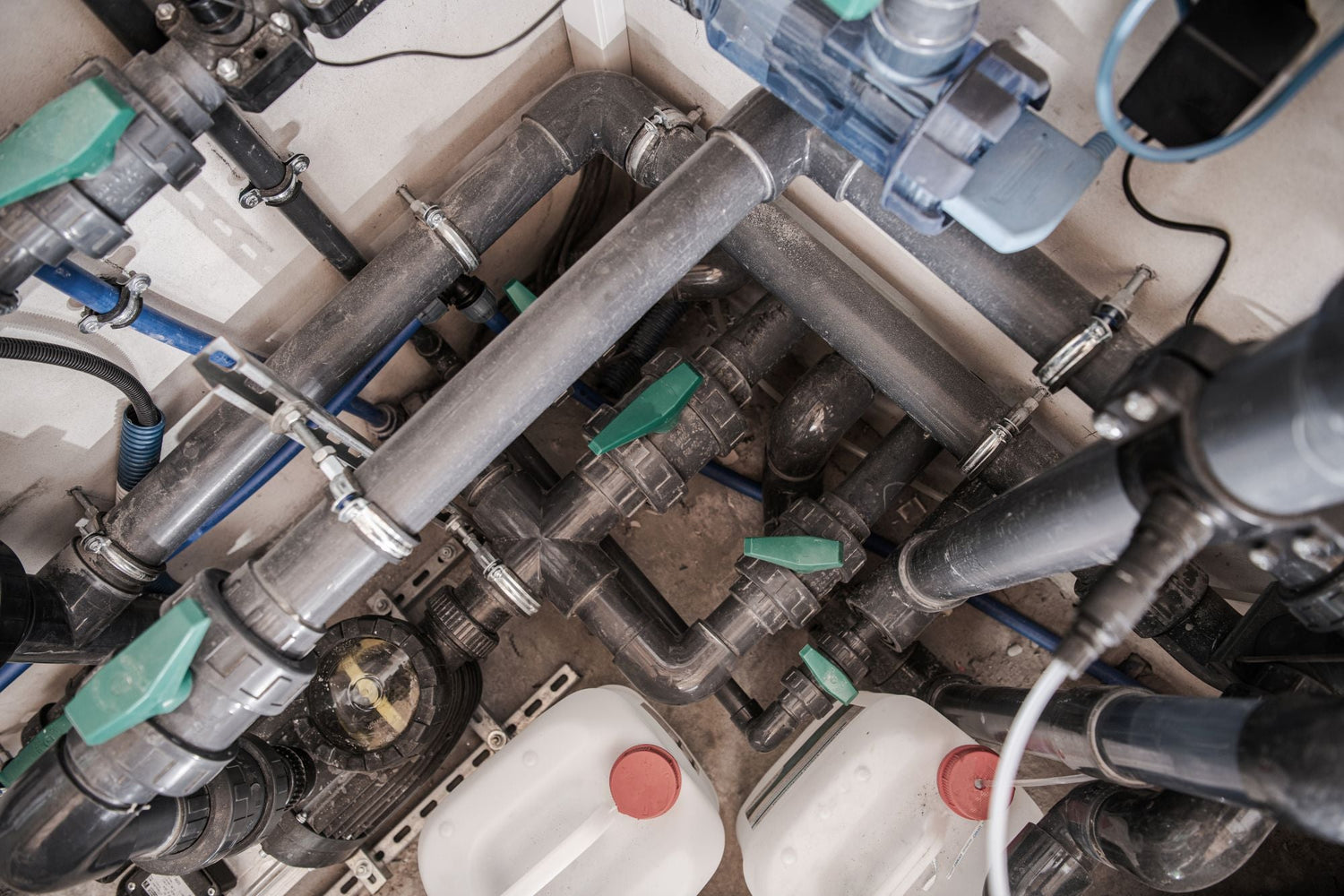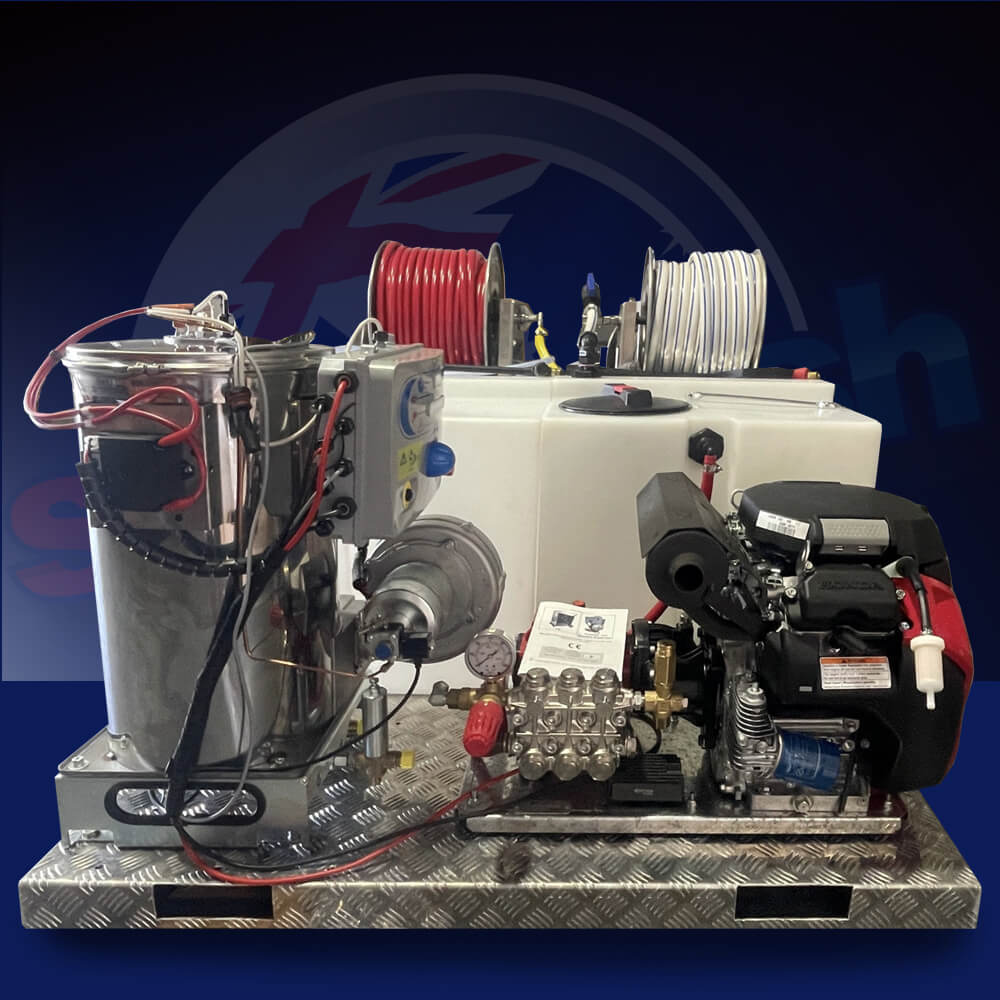What Are They?
Sodium Hypochlorite (NaOCl): This is the pure chemical compound, a powerful oxidizing agent. It's a clear, yellowish-green liquid with a strong chlorine odor. Key uses include disinfecting (killing bacteria, viruses, fungi), bleaching (removing stains), and water treatment.
Bleach: In household terms, "bleach" typically refers to a diluted solution of sodium hypochlorite in water. It may contain other additives. The primary difference between bleach and pure sodium hypochlorite is concentration.
Concentration Matters
For heavy-duty external cleaning, professionals often use higher concentrations of sodium hypochlorite, sometimes called "industrial-strength bleach." This tackles tough mold, algae, and stains on surfaces like concrete and siding.
Household bleach, with its lower concentration, is suitable for lighter cleaning tasks.
Applications and Effects
Both sodium hypochlorite and bleach are effective for:
-
Killing mold and mildew
-
Removing algae
-
Disinfecting surfaces
-
Whitening surfaces
However, higher concentrations of sodium hypochlorite are preferred for:
-
Pressure washing large areas
-
Cleaning heavily soiled surfaces
How They Affect Surfaces (Substrates)
Sodium Hypochlorite:
-
Breaks down organic matter (mold, mildew, stains).
-
Can bleach or fade colored materials.
-
May corrode some metals.
-
Effectively cleans concrete and masonry, but excessive use can weaken them.
-
Is highly damaging to plant life.
-
Bleach (Chlorine Bleach):
-
Discolors materials by breaking down pigments.
-
Degrades organic materials (fabrics, wood).
-
Corrodes metals.
-
Can damage plastics, rubber, and painted surfaces.
-
Is highly damaging to plant life.
-
Can create toxic gasses when mixed with other chemicals.
Key Considerations for Both:
-
Concentration: Higher concentrations are more potent and potentially damaging.
-
Contact Time: Longer contact increases the effect.
-
Material Compatibility: Test on an inconspicuous area first.
-
Safety: Both are corrosive; use protective gear and ensure proper ventilation.
-
Environmental Impact: Both can negatively impact the environment. Dilute properly and limit run off.
Soft Washing and Pressure Washing: Why Sodium Hypochlorite?
In both soft washing and pressure washing, higher-concentration sodium hypochlorite offers significant advantages:
-
Soft Washing: Its strength allows for effective cleaning of delicate surfaces without damaging high-pressure.
-
Pressure Washing: It ensures thorough eradication of organic growth, preventing rapid regrowth.
Ultimately, choosing higher-concentration sodium hypochlorite provides superior, lasting cleaning power with minimized risk.
In Summary
For tough cleaning jobs, higher-concentration sodium hypochlorite is generally preferred. For everyday household cleaning, regular bleach may suffice. It may be useful to take the above points into consideration when trying to decide which is best for use. Always prioritize safety and follow product instructions.





